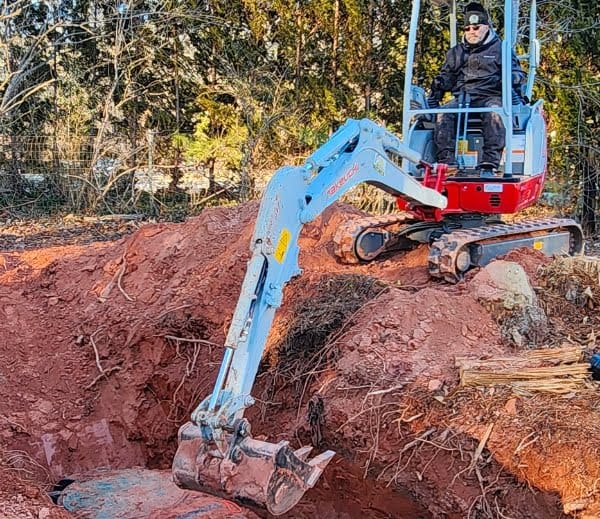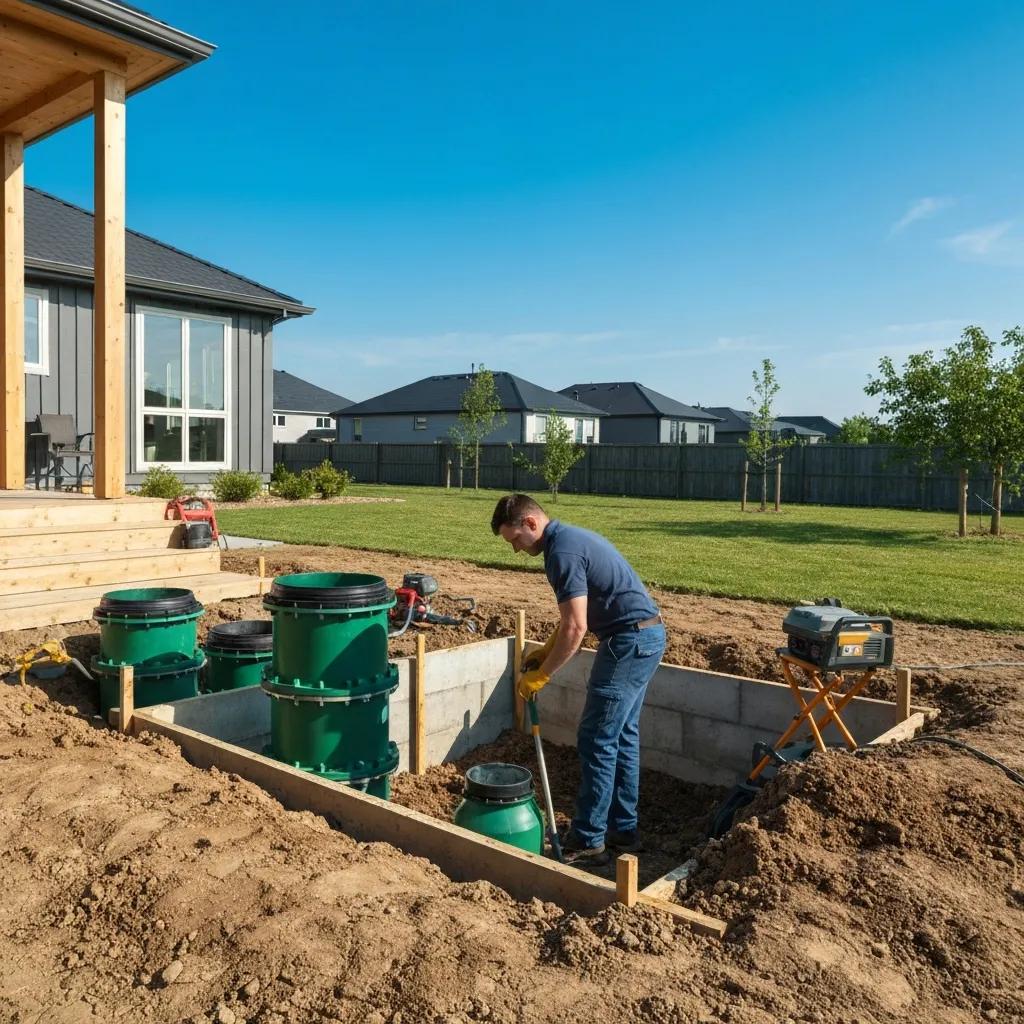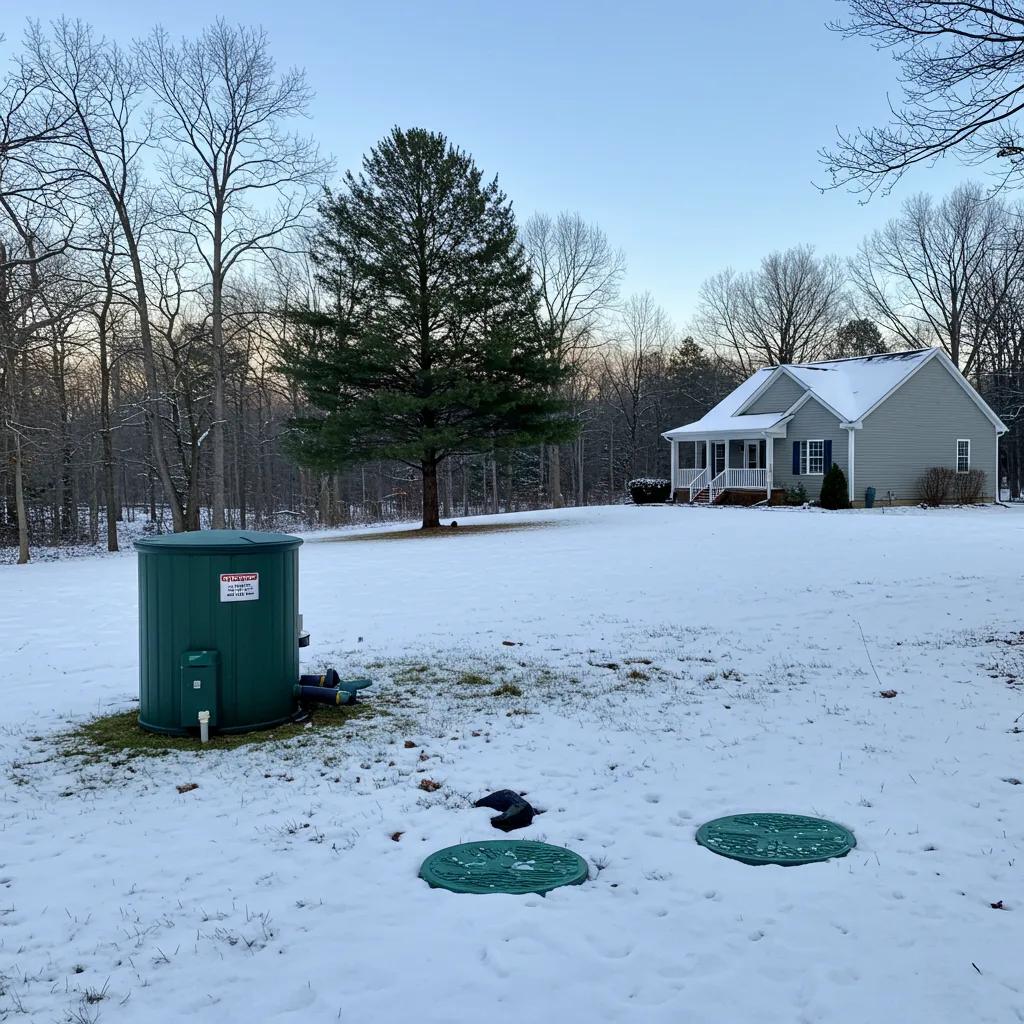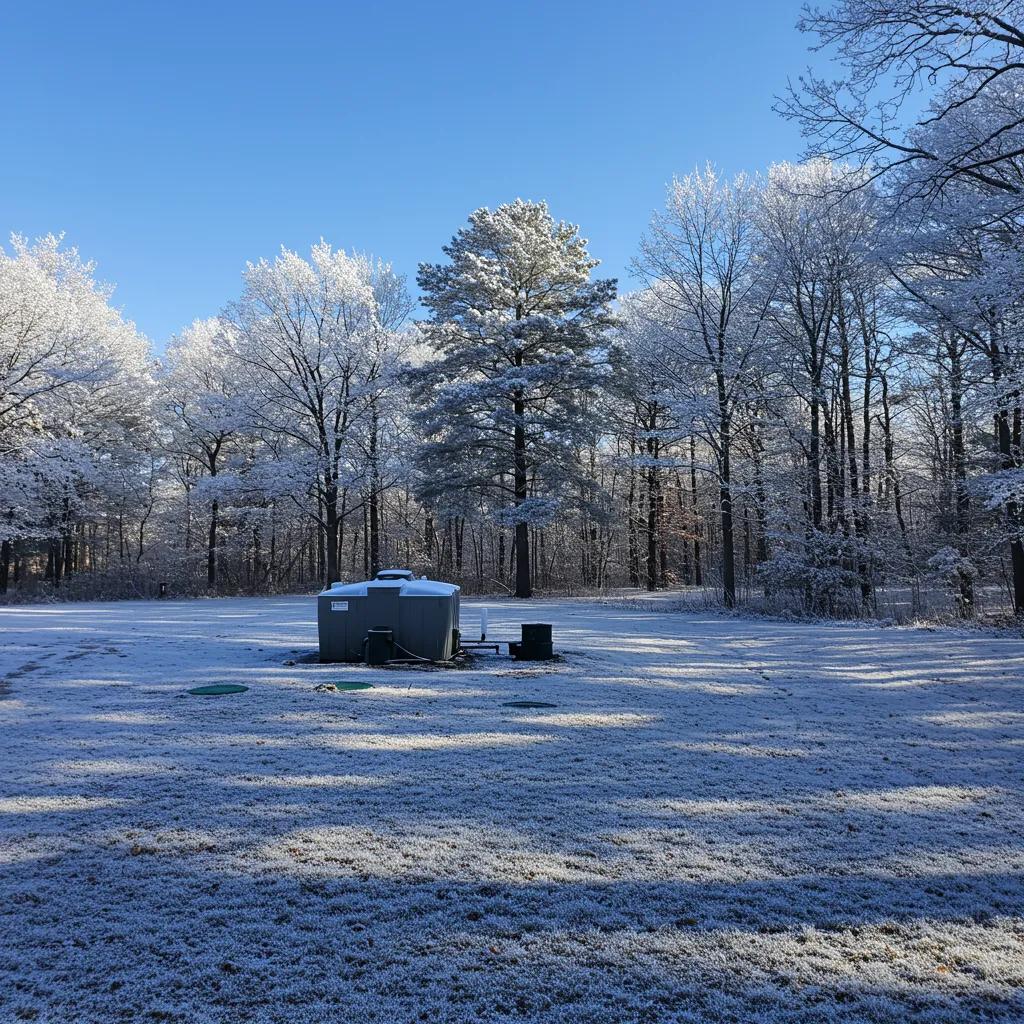Picture this: you’re standing in your backyard, envisioning a lush and vibrant landscape surrounding your home. The flowers are in full bloom, the trees sway gently in the breeze, and the grass feels like a plush carpet beneath your feet. But wait—there’s a catch. You have a septic tank in your yard that needs regular maintenance and easy access. Suddenly, your dream of having a picturesque yard seems out of reach.
Fear not! In this blog post, we will explore the world of landscaping around septic tanks, demonstrating how to transform your yard into a beautiful space while keeping safety in mind. It may sound daunting, but with a little knowledge and planning, you can create an outdoor oasis that not only brings joy but also keeps your septic system functioning smoothly. Let’s bust the myth that landscaping around septic tanks is impossible and show you how to create a stunning yet functional landscape.
So, let’s dive in and explore how landscaping around septic tanks can be safe, aesthetically pleasing, and environmentally sound!
Get Your Dream Septic-Safe Yard!
Understanding The Importance Of Landscaping Around Septic Tanks
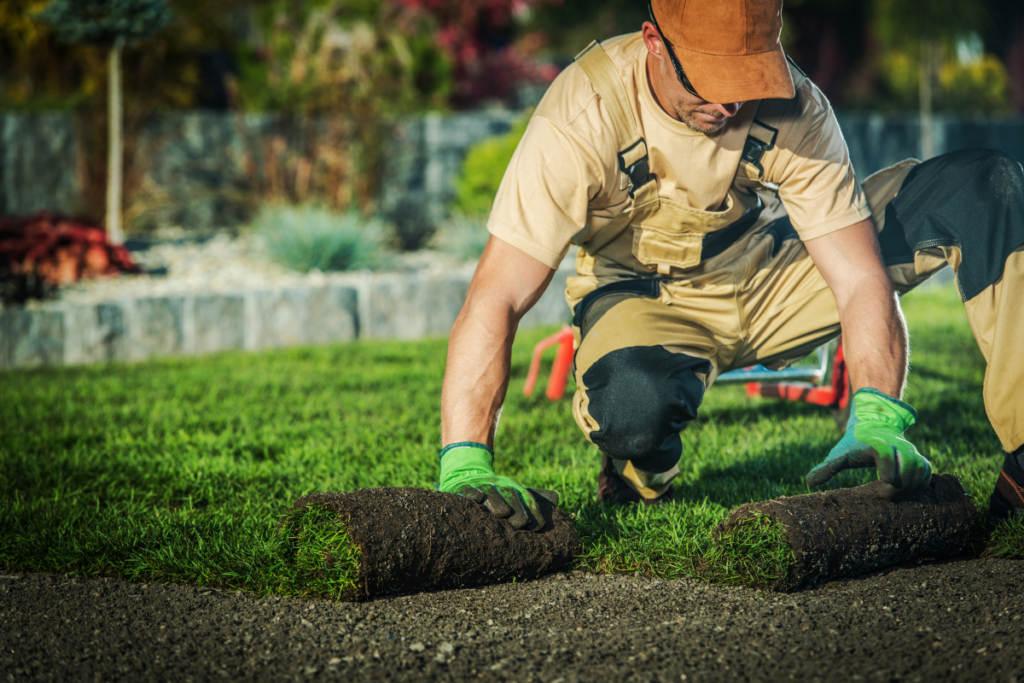
If you have a septic tank on your property, it’s important to recognize the significance of landscaping around it. Here are several reasons why landscaping around septic tanks is crucial:
- Aesthetics: Landscaping can enhance the overall appearance of your yard, making it more visually appealing. By incorporating septic tank landscaping with plants, flowers, and decorative elements, you can create a beautiful and inviting space that blends seamlessly with your septic system.
- Erosion Control: Landscaping helps prevent soil erosion, which can be a common issue around septic systems. By planting grass, shrubs, or even using retaining walls, you can stabilize the soil and prevent it from washing into the tank or septic drain fields.
- Drainage Management: Proper landscaping around your septic system helps manage water drainage. By strategically placing plants and creating slopes, you can divert excess water away from the tank, preventing flooding and septic tank water pooling in the yard.
- Access and Maintenance: Landscaping around septic tank covers ensures easy access for septic tank maintenance and repairs. Keeping the area free from obstructions allows professionals to access the tank easily when needed.
- Odor Control: Well-planned septic landscaping can help control odors associated with septic systems. Choosing plants with natural fragrances or installing odor-absorbing materials can minimize unpleasant smells in your yard.
- Environmental Protection: Landscaping plays an important role in protecting the environment by preventing contamination of groundwater. A buffer zone with vegetation helps filter out harmful substances and chemicals before they reach the water supply, supporting eco-friendly septic system upkeep.
Landscaping around septic tanks is about more than just enhancing the visual appeal of your yard. It also plays a critical role in erosion control, drainage management, accessibility, odor control, and environmental protection. By understanding its importance, you can transform your yard into a safe, functional, and aesthetically pleasing space.
Assessing The Location And Size Of Your Septic Tank
Before you begin landscaping over septic tanks, it’s essential to assess the location and size of your septic system. Proper assessment ensures you design a landscape that both complements your home and protects the system. Here are some important factors to consider:
- Locate the Tank: Start by identifying the exact location of your septic tank. This can typically be done by following the plumbing lines from your home. Look for a large, rectangular, or cylindrical container buried underground.
- Ensure Accessibility: Make sure the septic tank is easily accessible for septic tank maintenance tips like pumping and repairs. The area should allow professionals to bring in equipment without disturbing your landscape.
- Check Local Regulations: Be mindful of local regulations and guidelines regarding the placement of septic tanks. These may include minimum distances from wells, property lines, or bodies of water.
- Determine the Tank Size: The size of your septic tank is usually based on the number of bedrooms in your home and water usage. A professional can help you determine the appropriate size for your landscape around the septic tank.
- Avoid Deep-Rooted Plants: Avoid planting trees or shrubs with deep roots near the tank, as they can interfere with the system’s pipes and cause damage over time. This is especially important when landscaping over septic tanks to prevent root invasion.
By carefully assessing the location and size of your septic tank, you can design a landscape that both enhances your property and ensures the proper functioning of your septic system.
Selecting The Right Plants For Your Yard
When it comes to landscaping around septic systems, plant selection is key. Choosing the right plants can prevent issues like root intrusion while enhancing the beauty of your yard. Here’s how to select the best plants:
- Native Plants: Opt for native plants that are well-adapted to your region’s climate and soil. These plants are more likely to thrive without excessive watering or fertilizers, which can negatively affect your septic system.
- Shallow-Rooted Plants: Choose plants with shallow root systems to prevent them from invading your septic tank or septic drain field landscaping. Deep-rooted plants can clog pipes and damage the system over time.
- Low-Maintenance Plants: Select plants that require minimal maintenance. This will reduce the need for frequent watering, fertilizing, and pruning, all of which can introduce harmful substances into your septic system.
- Non-Invasive Species: Avoid aggressive or invasive species that can spread rapidly and invade your septic system. These plants can cause blockages, interfere with the system, and make maintaining your septic system more difficult.
- Drought-Tolerant Plants: Drought-tolerant plants are ideal for landscaping around septic tanks as they require less water, helping to minimize the strain on your system during dry periods.
By choosing the right plants for gardening around your septic system, you can create a stunning landscape that protects the longevity and efficiency of your septic system.
Creating A Barrier Between Your Yard And The Septic System
Safety should always be your top priority when landscaping around septic tanks. Creating a barrier between your yard and the septic system ensures that it’s both protected and visually appealing. Here are a few strategies:
- Choose the Right Plants: Shallow-rooted plants like grasses, wildflowers, and certain shrubs are perfect for septic landscaping. Avoid trees and deep-rooted plants that could damage the system.
- Maintain Distance: Keep a minimum distance of 10 feet between the septic tank and any plants, trees, or structures to ensure easy access for maintenance and prevent root intrusion.
- Create a Physical Barrier: Use decorative rocks, mulch, or ground cover plants to create a visual barrier around the septic tank. This will discourage heavy foot traffic and vehicles from driving over the area, preventing soil compaction and system damage.
- Direct Water Away: Proper drainage is critical for septic field landscaping. Ensure water from downspouts, gutters, and irrigation systems is directed away from the septic area to prevent soil saturation, which could lead to system failure.
Creating a clear, functional barrier will help protect your septic system while adding beauty to your outdoor space.
Implementing Proper Drainage Solutions
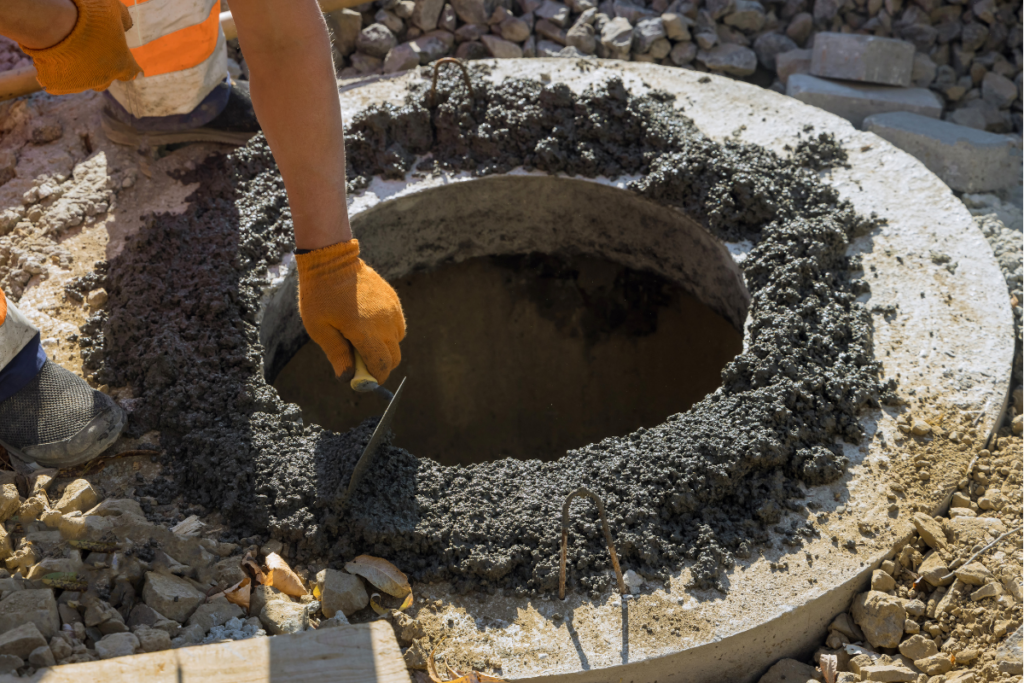
Effective drainage is essential for both the health of your yard and your septic system. Poor drainage can lead to septic tank water pooling in the yard, which can damage the system and create an unsightly mess. Here’s how to address drainage when landscaping over septic tanks:
- Site Evaluation: Before beginning any landscaping, evaluate the yard for drainage issues. Look for areas where water pools, indicating poor drainage that may need to be addressed before proceeding.
- Grading and Sloping: Ensure your yard slopes away from the septic tank to prevent water from pooling around it. Proper grading keeps excess water from saturating the soil and potentially causing system failures.
- Install Drainage Systems: Adding French drains or dry wells around your septic system can redirect water away from the tank. This is a simple and effective solution for improving drainage and maintaining system functionality.
By addressing drainage issues, you can prevent water-related problems and enhance the overall functionality of your yard and septic system.
Hiring Professional Help For Landscaping Around Septic Tanks
While DIY landscaping can be rewarding, landscaping around septic tanks requires professional expertise to ensure your system isn’t compromised. Here’s why hiring a professional can make all the difference:
- Expert Knowledge: Professional landscapers understand the specific requirements of septic drain field landscaping and know how to design a beautiful yard without damaging your system.
- Customized Planning: A professional can assess the layout of your yard and design a custom plan that takes into account factors like accessibility, local regulations, and plant selection.
- Minimizing Risks: Septic systems are delicate, and mistakes can lead to costly repairs. Professionals minimize the risks by using their expertise to design and install your landscape safely.
Hiring professionals for septic landscaping can save you time, effort, and money while ensuring your yard remains functional and beautiful.
Final Thoughts: Enhance Your Yard with Septic-Friendly Landscaping
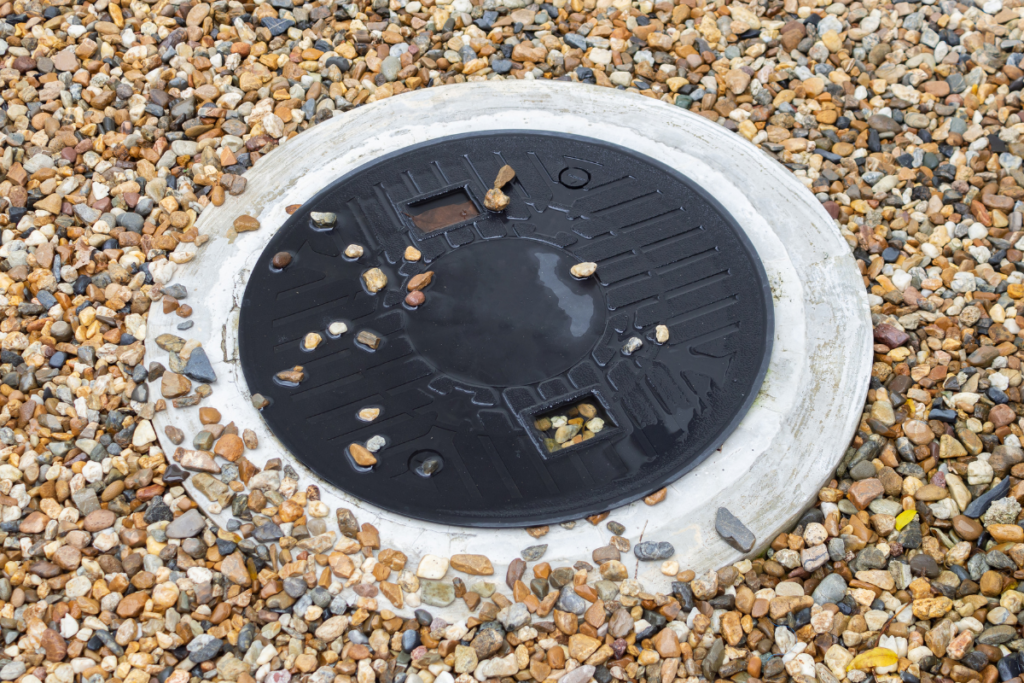
Creating a beautiful yard around your septic system is possible with careful planning and attention to detail. By following the tips in this guide, you can transform your outdoor space while ensuring the longevity of your septic system. From plant selection to drainage management, landscaping around septic tanks can be safe, functional, and aesthetically pleasing.
If you need help, trust the experts at Smart Septic Pros to provide top-notch septic tank services. They will ensure your septic system stays in great shape while you enjoy your stunning, septic-friendly landscape.
Don’t let septic tank concerns hold you back from creating the yard of your dreams!
